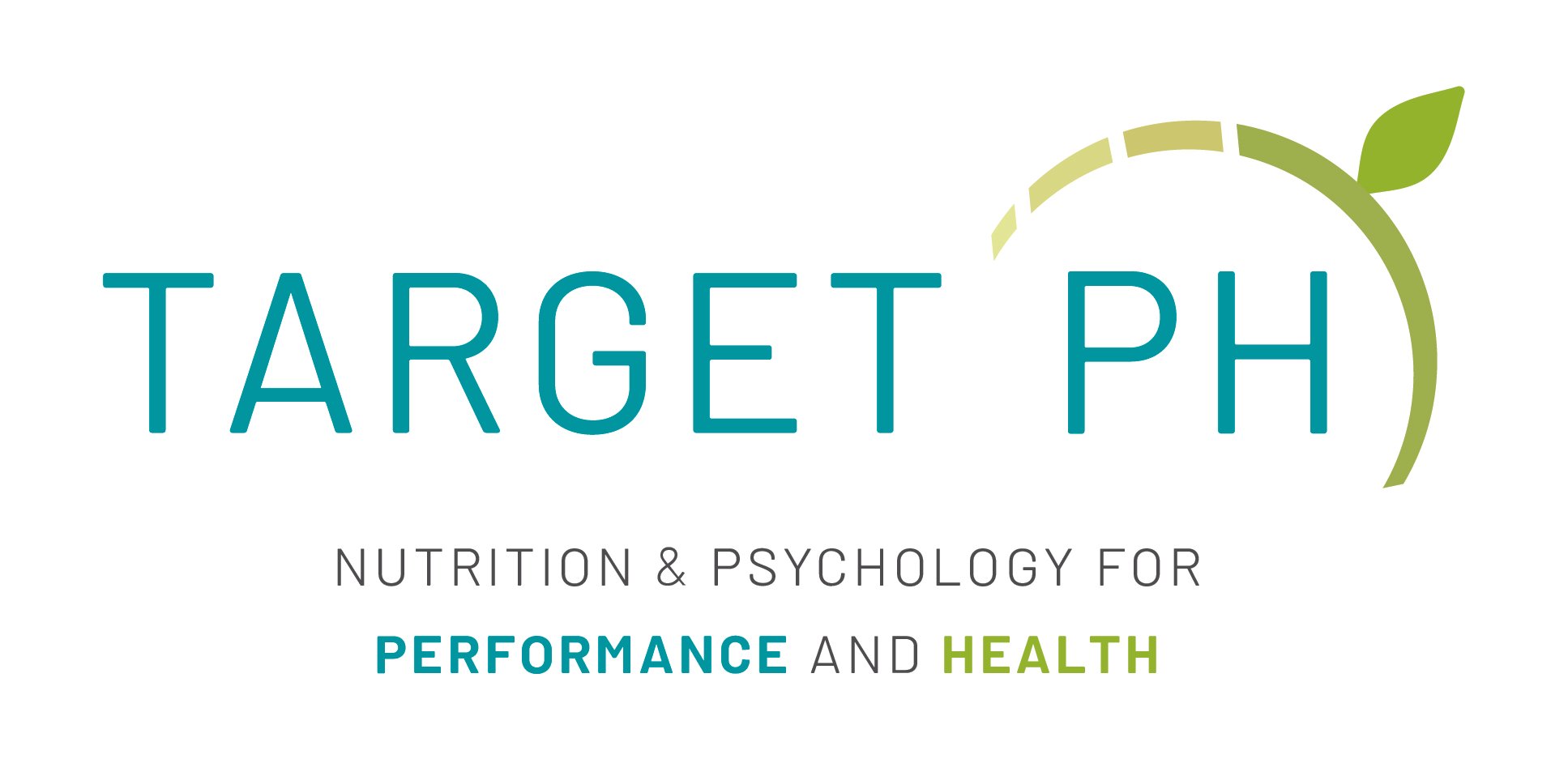A Summer of Football: Return to the Pitch Series - Blog 3 Periodised Nutrition
Priming your body to be able to meet the demands of training and matches is essential. The key to this could lie in your nutrition strategies to help to fuel and recover from training sessions or matches. This guide will inform you on how to incorporate healthy nutrition principles into your day-to-day life and help you take a leaf out the pro’s book to periodise your nutrition plan!
What is Periodisation?
Periodising nutrition is a staple in sports nutrition and every elite performance setting in the world to increase the performance capacity of athletes. It involves adjusting the nutrient content of the athlete’s diet in order to match the varying physiological demands of their schedule [1]. Cycling nutrient and energy contents in synergy with a player’s training schedule will allow for maximum training adaptations to take place, increase fuel stores and metabolism efficiency for sessions whilst also promoting recovery in between sessions [2].
Light/Normal Days
From a footballer’s perspective, a normal day at the office will most likely involve medium intensity activities, not too taxing on the body aiming to improve technique, tactics or aerobic capacity such as; footwork drills with small-sided games, phases of attack vs defence or a 5K run.
Your nutrition on general training days similar to this should follow suit in adhering to generalised healthy eating practices. Focus on topping up fuel stores with complex carbohydrates (oats, potato, wholegrain rice) and healthy fats sources (oily fish, nuts, seeds, avocado). Ensure a consistent and diverse source of protein with each meal (dairy products, poultry, eggs, lentils, beans) throughout the day aiming for around 1.5g/kg bodyweight. Incorporate portions of fruit and vegetables as much as possible with a goal to include fibre rich variants as well for added gut health benefits (sprouts, pears, bananas). Finally, make sure to be hitting at least 2.5 litres of water a day using thirst as a guideline of when to be drinking [3].
Heavy/Double days
Whether it be training twice in one day, playing a match or having a particularly strenuous training session (hill interval run, pre-season workouts), your nutrition demands will increase in line with the physiological demands of more intense activity. Compensating for the increased physiological demands begins with reducing low carb fruit and vegetable sources and increasing high carbohydrate content sources to allow you to fuel the sessions for the day in order to meet the energy demands such as potatoes, corn and bananas. As carbohydrates are usually quite satiating, try having smaller, more frequent meals or snacks if you are struggling to eat a higher volume. If there is a short rest period between sessions (e.g. morning and afternoon), ensure that after your first workout you consume a carbohydrate source in the first hour to replenish glycogen stores before starting your next workout.
Higher intensity workouts or training twice a day will increase your daily energy expenditure, so, to avoid fatigue or weight loss make sure that you increase your overall calorie intake to match your schedules more challenging days. Do this by increasing the energy content of your current meals (add nuts to breakfast, extra portions) or by adding in extra meals, shakes or snacks throughout the day to avoid overindulging in one sitting. Reflecting an increase in overall energy consumption, protein intake will also naturally rise to aid training adaptations to take place [4].
Whenever training intensifies especially in longer sessions, it is good practice to stay on top of hydration as dehydration becomes more of a risk. If you are a salty sweater (develop white substance in sweat), you may benefit from rehydrating with added electrolytes to replenish any lost throughout or after the session. You can achieve this through sports drinks or electrolyte tablets during the session or even by adding in a broth for post session recovery to promote rehydration.
Rest Days
Rest days is when the magic happens. Any benefits from your training will be made in periods of rest when training adaptations and muscle protein synthesis have chance to take place. Promoting this recovery through good nutrition is essential to maximise these benefits. Keeping a consistent energy intake across the day with meals and snacks will discourage hunger and satiate enough to make sure you are still hitting energy requirements and not over-eating. Carbohydrate and protein consumption should follow a similar pattern with consistent sources of each in every meal and snack throughout the day to ensure glycogen stores are replenished and muscle synthesis can repair damaged tissue.
Additionally, a big focus with rest should be on increasing fruit and vegetable consumption and variety. Micronutrients and antioxidants absorbed from eating a diverse range of plants on rest days will help to reduce exercise-induced inflammation, oxidative damage and aid in muscle protein synthesis along with a whole host of other benefits [5]! From dark, leafy greens like spinach to zingy pineapple make sure to mix it up to get a superb concoction of recovery producing super nutrients in the day.
Conclusion
So, is periodising your nutrition the key to performance? Considering its ability to promote training adaptations through micronutrients, increase your fuel capacity through increased carbohydrate intake and aid muscle repair with consistent protein consumption it is hard to overlook it. Nutrition periodisation for footballers is an easily applied method of performance enhancement you can use to take your game to the next level!
Sources
[1] Mujika, I. Halson, S. Burke, LM. Balague, G. Farrow, D. (2018) ‘An Integrated, Multifactorial Approach to Periodization for Optimal Performance in Individual and Team Sports’ International Journal of Sports Physiology and Performance 13(5)538-561.
[2] Jeukendrup, AE. (2017) ‘Periodized Nutrition for Athletes’ Sports Medicine 47(1)51-56.
[3] European Food Safety Authority (2019) Dietary Reference Values for Nutrients Available at: https://efsa.onlinelibrary.wiley.com/doi/epdf/10.2903/sp.efsa.2017.e15121
[4] Bean, A. (2017) Sports Nutrition 8th edn London: Bloomsbury.
[5] Biesalski, HK. Tinz, J. (2018) ‘Micronutrients in the life cycle: Requirements and sufficient supply’ NFS Journal 11(2018)1-11.

